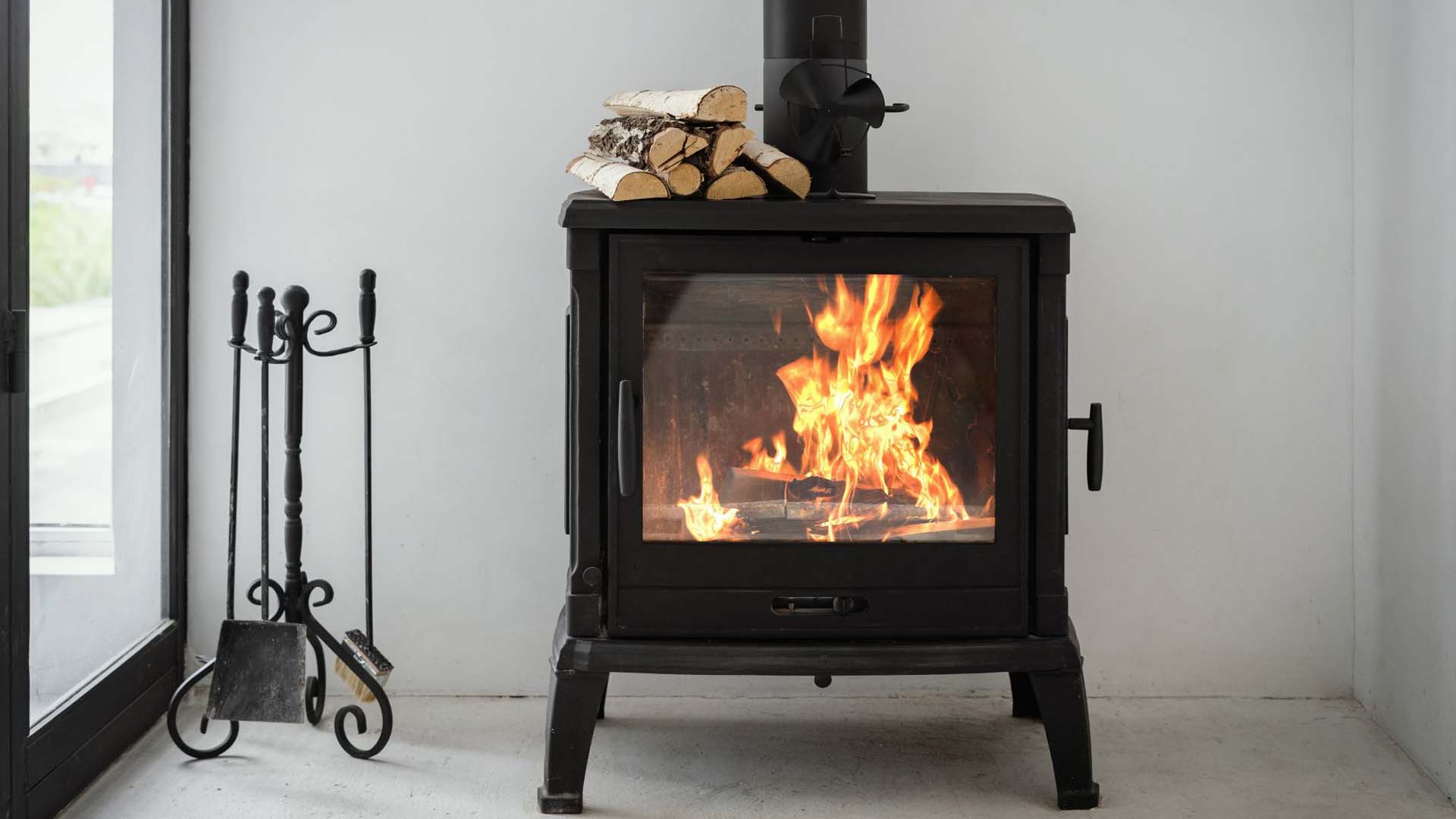Are vampire appliances sucking energy from your home? Here’s how to stop them
Some of your appliances may be sneakily adding pounds to your energy bill when you’re not even using them.
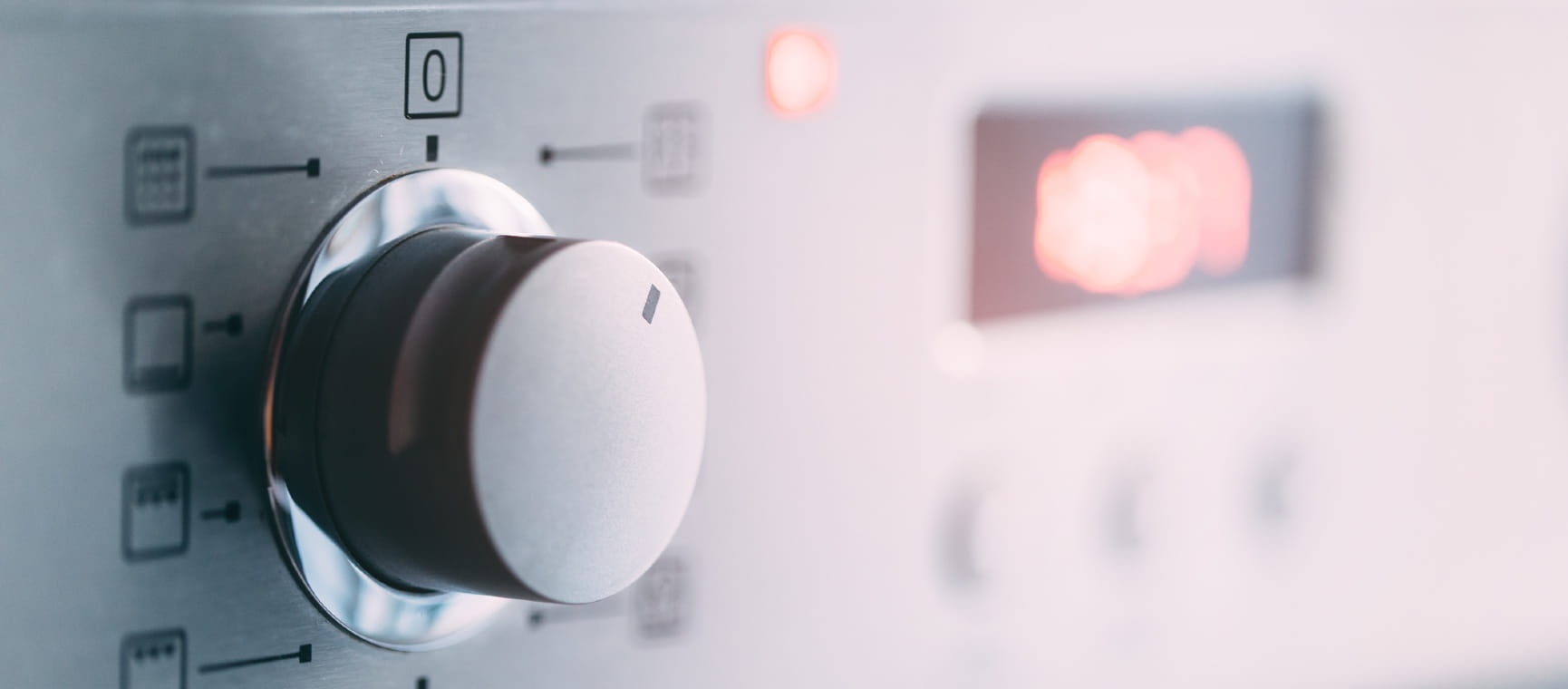
Some of your appliances may be sneakily adding pounds to your energy bill when you’re not even using them.

Halloween isn’t the only reason October why gives us the chills – it’s also when Ofgem announces its latest Energy Price Cap. This time, a 2% rise is expected, which means bills are set to creep up yet again.
But while energy companies are tightening the screws, something a little more sinister may already be lurking in your own home. Enter the “vampire appliances”– those pesky gadgets that don’t sleep when you do, quietly sucking electricity (and money) from your sockets without you even realising.
Forget garlic and wooden stakes – what you really need are a few smart tricks to stop them draining your bank account.
We’ve tracked down a couple of experts to tell us more and offer ways to stop the vampires in their tracks, so you can sleep easier.
“A vampire appliance is any of your household appliances that quietly saps away electricity even when you think they are off,” says Nick Bunce, appliance expert at AO.com.
“Largely speaking, vampire appliances sit in standby mode, which allows them to keep their background functions running. The biggest and most common culprits include your telly, games consoles, coffee machines and even your phone charger when left plugged in.”
“Features such as digital displays or clocks on microwaves, coffee machines and ovens are a great example of how vampire appliances consume that energy,” adds Matt Ayres, appliances expert at RDO Kitchens & Appliances.
“A kettle, designed to heat water quickly, could also be a vampire appliance if it has a keep-warm mode, an LED indicator, lights, or even wireless connectivity as part of its smart-home features range.”

“The drain from vampire appliances is small individually, but collectively they can see you wasting money on energy bills,” says Bunce.
“It might sound mad, but a microwave with its clock left on standby can end up using more energy displaying the time than it does heating your food. That’s energy you’re paying for with no benefit, so it’s a wise idea to nip this in the bud.”
According to the Energy Saving Trust (via the BBC), between 9% and 16% of the electricity consumed in homes is used to power appliances when they are in standby mode.
“A typical 2–3-person household in the UK pays at least £60 per calendar month in energy costs – therefore, appliances could be wasting £5.40-£9.60 per calendar month,” says Ayres.
“This could add up to a whopping £115.20 per year, and depending on the size of the household, this could increase even further.”
Research from 2022 by British Gas places that figure even higher, estimating that Brits could save an average of £147 per household on their electricity bills each year by switching off their vampire electronics.
It also published a list of the biggest vampire appliance offenders.
* 2022 survey by British Gas/Centrica
| Appliance | Percentage of people who leave appliance on standby | Average hours left on standby in a 24-hour period | Total cost per year on standby |
|---|---|---|---|
|
Set-top box/ satellite
|
87
|
19.8
|
£23.10
|
|
Tumble dryer
|
78
|
22.8
|
£4.79
|
|
Modem/internet router
|
92
|
18.4
|
£18.89
|
|
Television
|
61
|
19.9
|
£24.61
|
|
Microwave
|
61
|
23
|
£16.37
|
|
Games console
|
80
|
22.2
|
£12.17
|
|
Computer/laptop
|
79
|
20.9
|
£11.22
|
|
Smart speakers/smart home devices
|
90
|
21.9
|
£8.94
|
|
Electric shower
|
81
|
22.7
|
£9.80
|
|
Dishwasher
|
84
|
22.6
|
£6.86
|
Our experts have the best advice on how to save your bank account from being sucked dry.
“A low-effort and low-budget solution is to unplug your devices or turn off the power source if a switch is installed,” says Ayres.
“Simply unplugging your kettle or microwave when not in use, especially if you’re out of the house for the whole day, will rack up the saved pennies in the long run.”
“For a small expense, homeowners can invest in smart plugs, which will help monitor all the electric appliances and devices in the house,” Ayres explains.
“They are designed to allow you to control devices remotely, monitor energy usage, and set schedules for your appliances.”
“These handy devices let you cut power remotely via an app or allow you schedule automatic switch-offs overnight, ideal for small appliances like your kettle, heaters or even TV,” adds Bunce.
If you already have Amazon’s Alexa smart speakers at home, then try this four-pack of Amazon Basics Single Outlet Wi-Fi Smart Plugs, £27.99.
You’ll be able to power them using voice commands through any Alexa smart speaker or other device, meaning you won’t need to stoop or stretch to any awkward spots to turn off an appliance at the plug, and they’ll therefore soon recoup their cost.
“If your appliances are relatively old, you may wish to consider replacing them with the latest appliances that have an excellent energy rating,” says Ayres.
Purchasing appliances that have an A or A* energy rating will ensure that when the appliance is in use, it is its most energy efficient, and it will have an optimised stand-by mode to lower power consumption if you choose to keep these appliances on.”

The vast majority of us will charge our phones or smart watches at night, but with that comes a few issues. Not only will the phone continue to charge when the battery is full wasting energy, this can also cause damage to the battery in the long term, and might even start a fire if the battery overheats to a dangerous level.
Then again, it does make sense to charge our phones when we aren’t using them, which is where a smart plug with a timer can come in handy.
Many phones now come with built in battery protection, which you can set to protect your battery when it reaches a certain charge level.
For example, Samsung phones allow you to set protection at Basic (so when your battery level reaches 100%, it won’t start charging again until it drops below 95%), Adaptive (stops charging at 80% when you are asleep, based on phone usage patterns, then reverts to Basic when it thinks you’re awake), and Maximum (phone stops charging at 80%).
“If you group together things like your TV, soundbar and games console on an extension lead, this means they can all be turned off together with one switch,” says Bunce.
“Just make sure the kids (little or big!) have saved their game first.”
“A smart meter’s in-home display can help to identify how much energy is used at different times of the day, so you can see where energy is wasted,” explains British Gas energy expert Marc Robson.
If you don’t have one yet, our guide to smart meters will help you decide if they are right for you.
Hero image credit: Getty
Amy Cutmore has been writing about interiors for more than 20 years, harking back to the days when glossy red kitchens, toile de Jouy and rag rugs were all the rage, and everyone wanted a Changing Rooms makeover. You’ll have seen Amy’s work at Britain’s biggest homes titles, including Ideal Home, where she served as Consumer, Technology and Group Digital Editor. She has also edited or written for Homes & Gardens, Livingetc, 25 Beautiful Homes, Real Homes, Gardeningetc, Inside Readers’ Homes, Inspirations for Your Home, Country House & Home, Top Ten Reviews, Trusted Reviews and Country Life.
View author page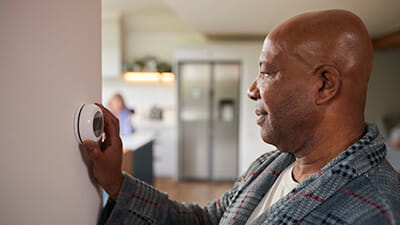

Guard against inconvenient and unexpected boiler failure with Saga Home & Heating Emergency cover and boiler service option.

Including exclusive savings for Saga Magazine subscribers, and a special discount of up to 10% when you book two or more cruises back-to-back.
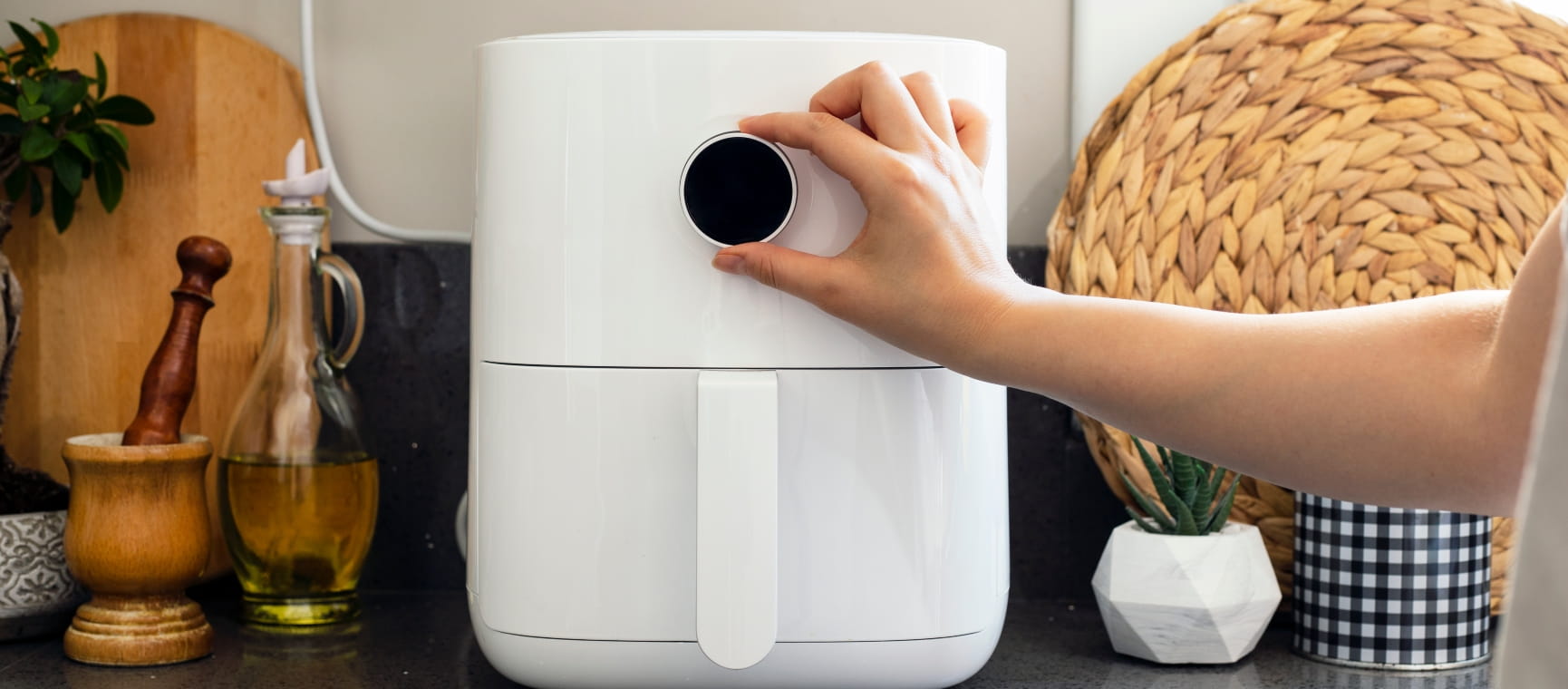
Home chefs are turning to their air fryer and slow cooker to save money on their energy bills. Which is cheaper to run?
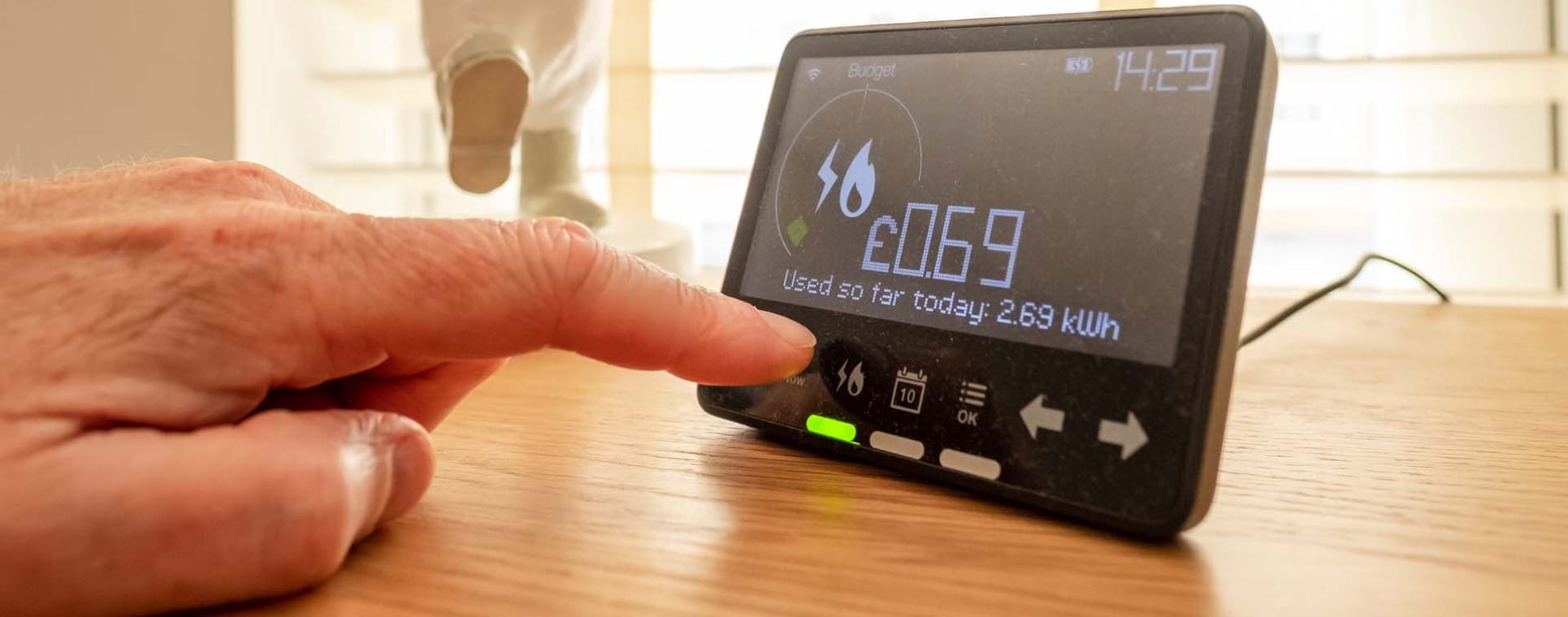
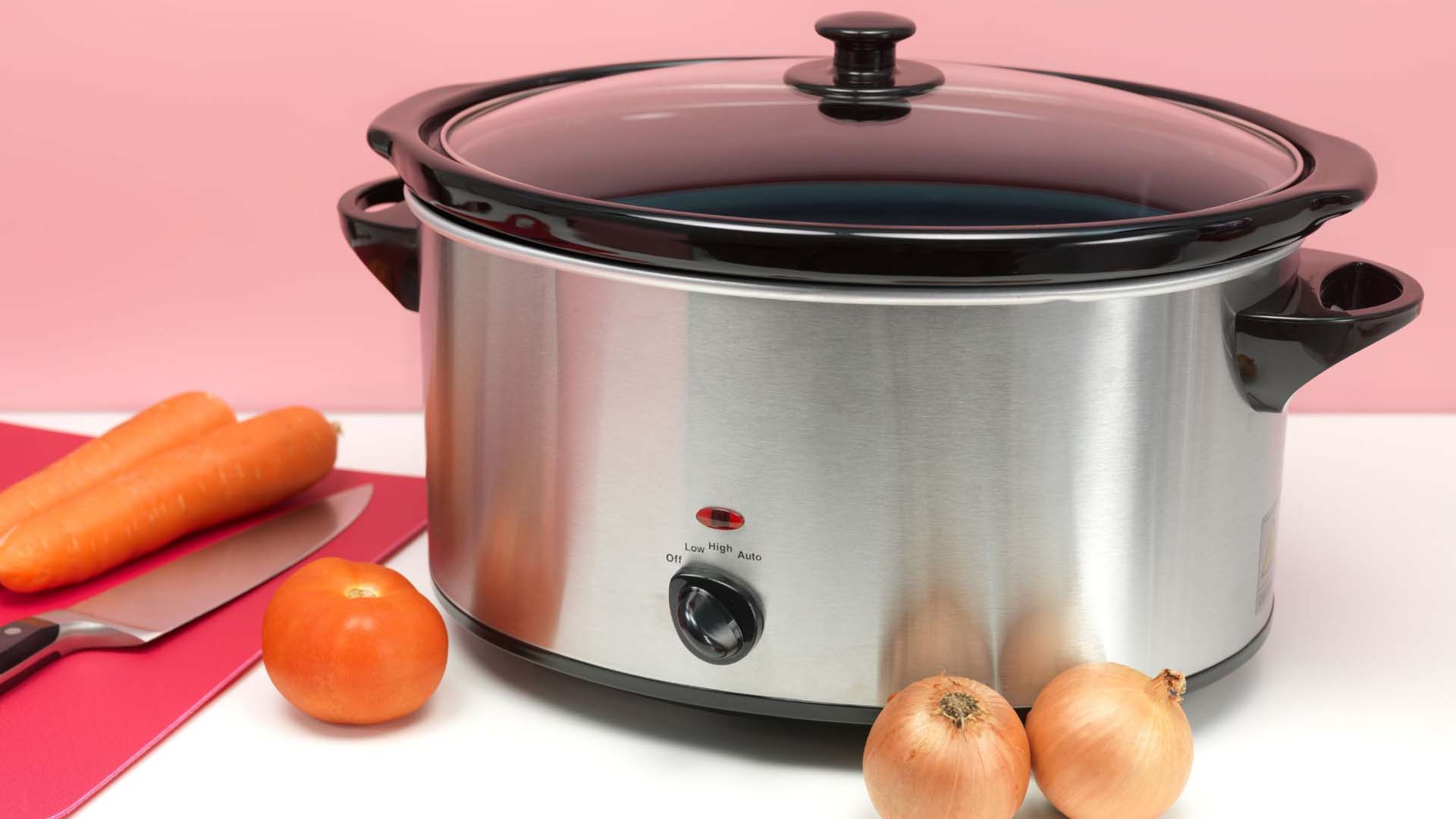
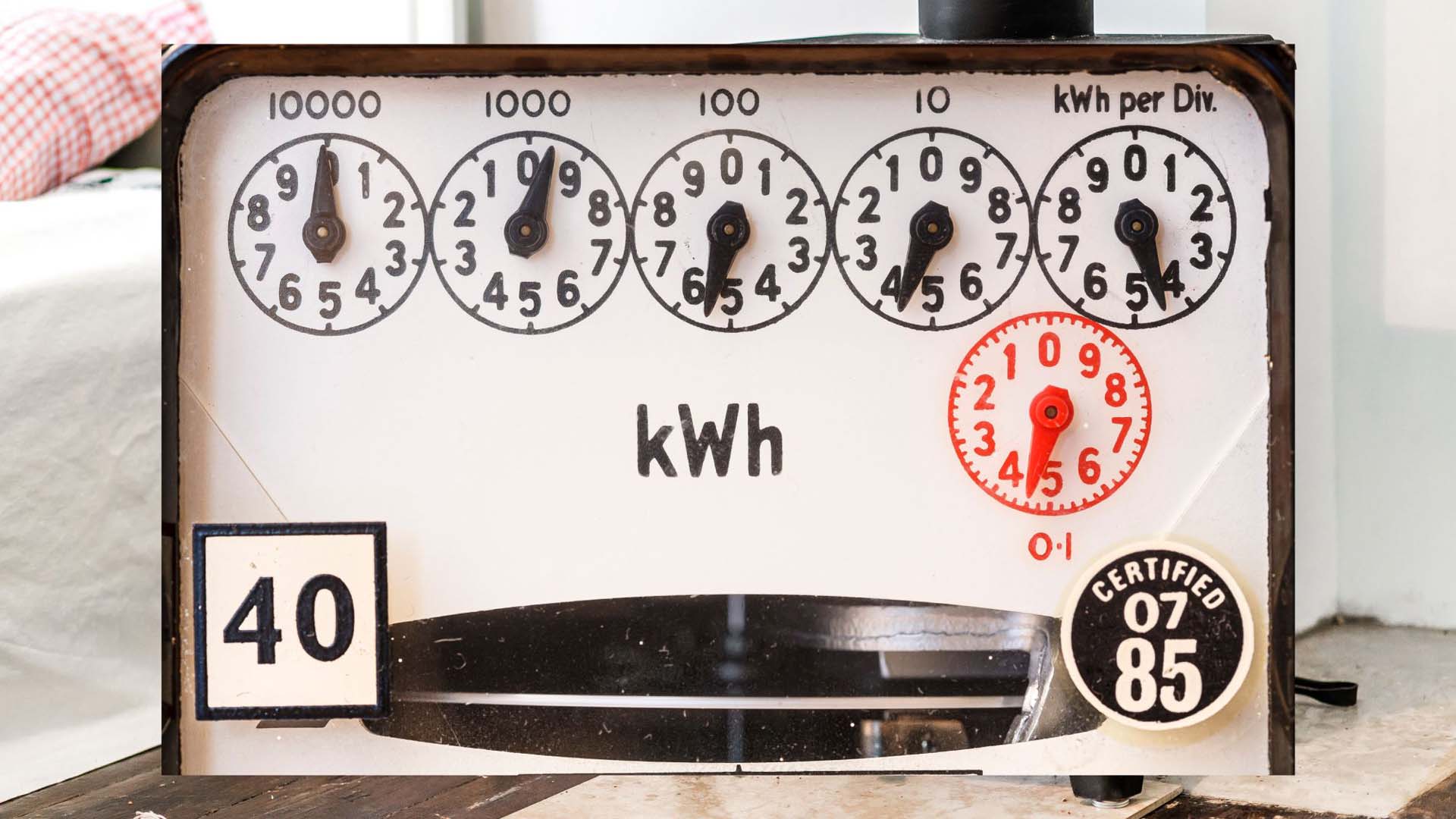
Find out if a smart meter offers you more benefits than your traditional energy meter.

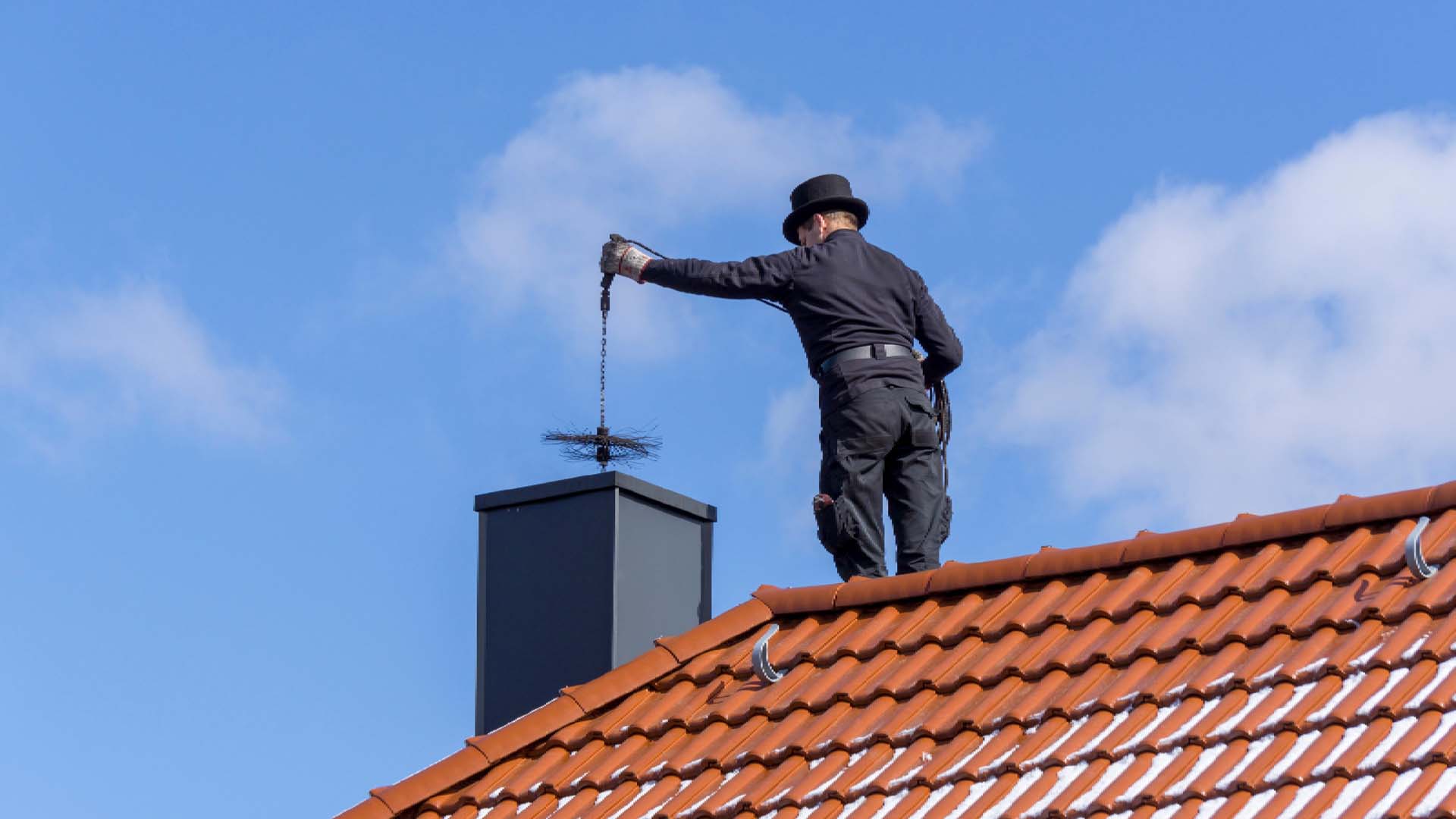
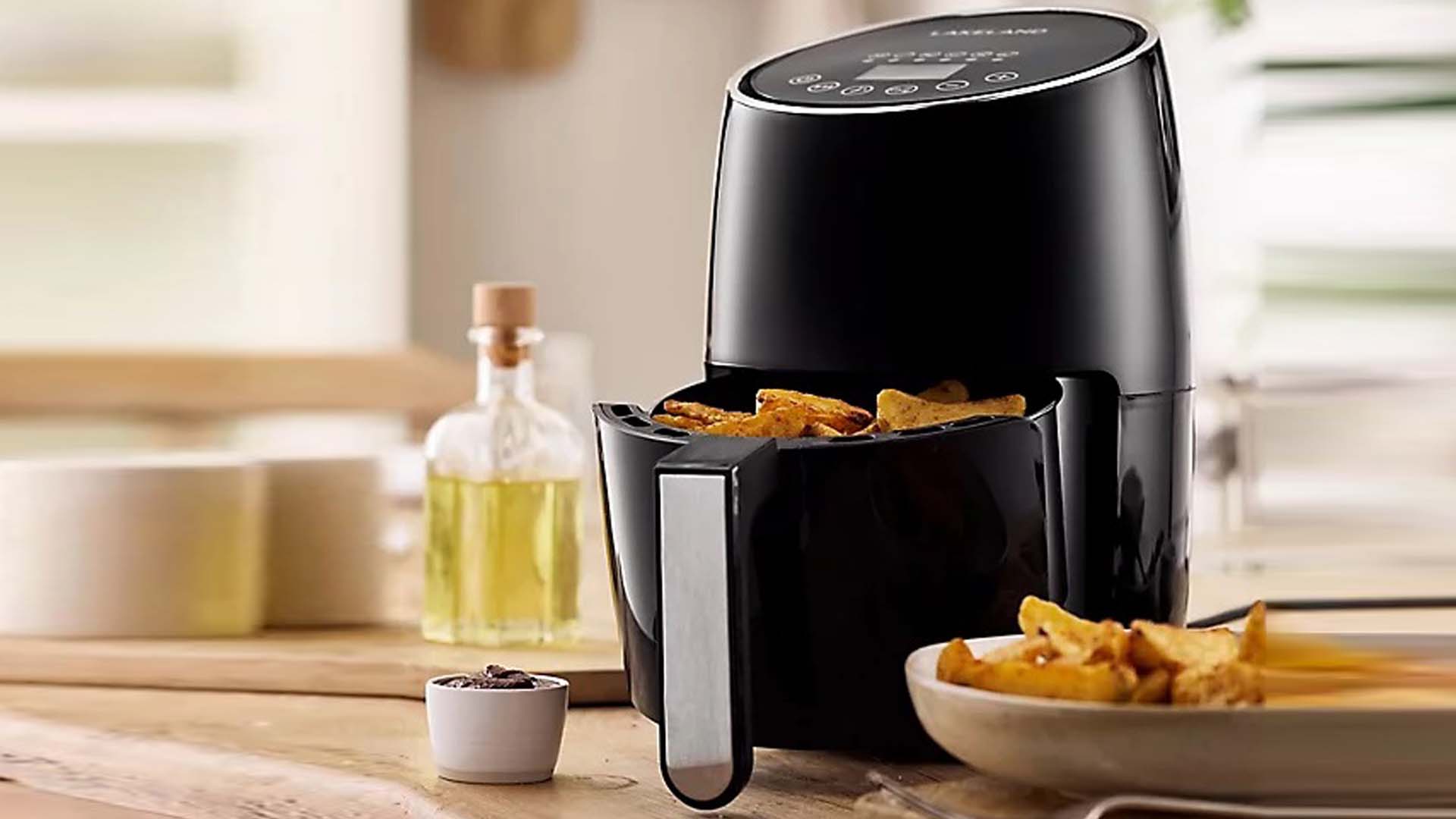
As well as being a healthy option, air fryers are said to save money – but in reality, how economical are they?
